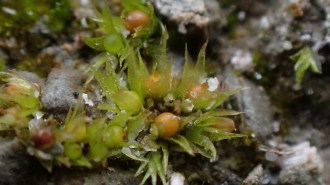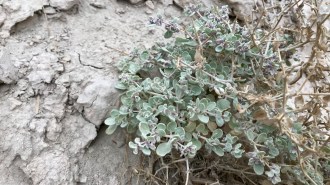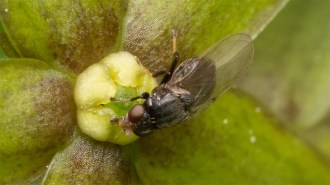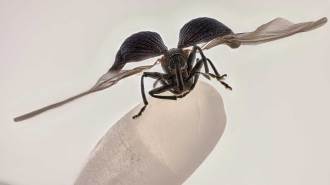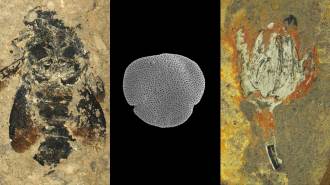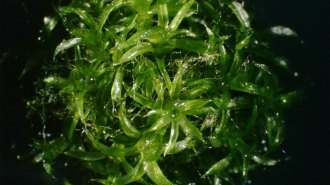Liverwort plants contain a painkiller similar to the one in marijuana
The THC-like substance may have medical benefits minus the same kind of high
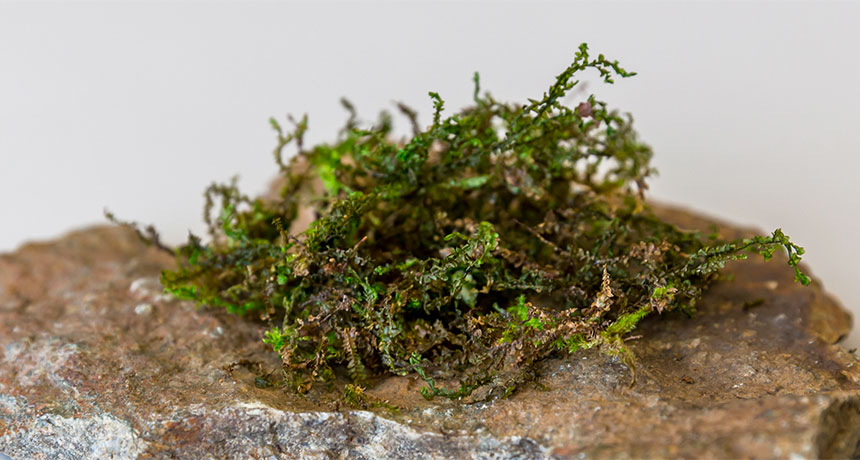
NOVEL WEED Some species of liverwort, such as Radula perrottetii (pictured), have surprising similarities to marijuana.
Stefan Fischer/Univ. of Bern
